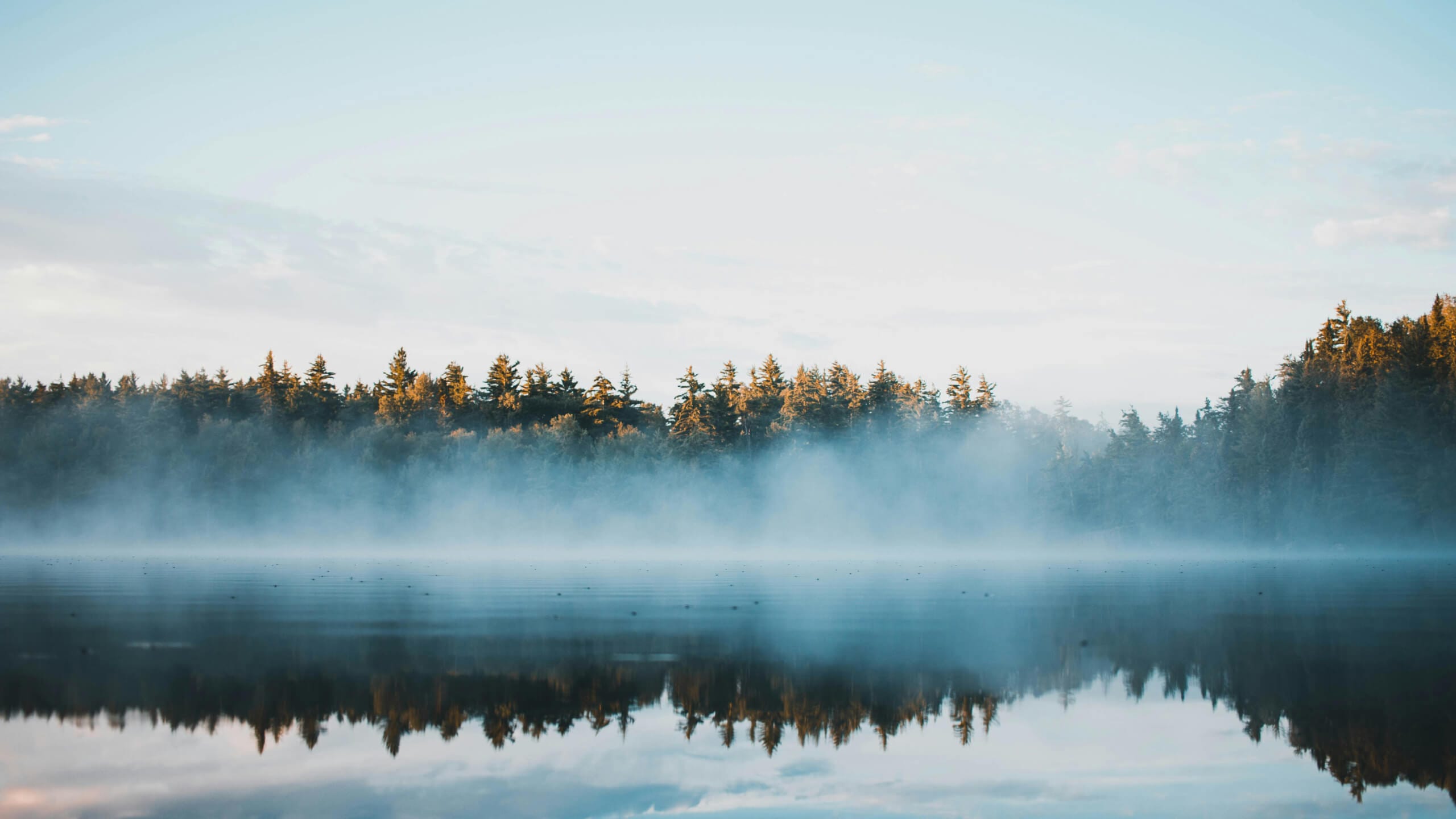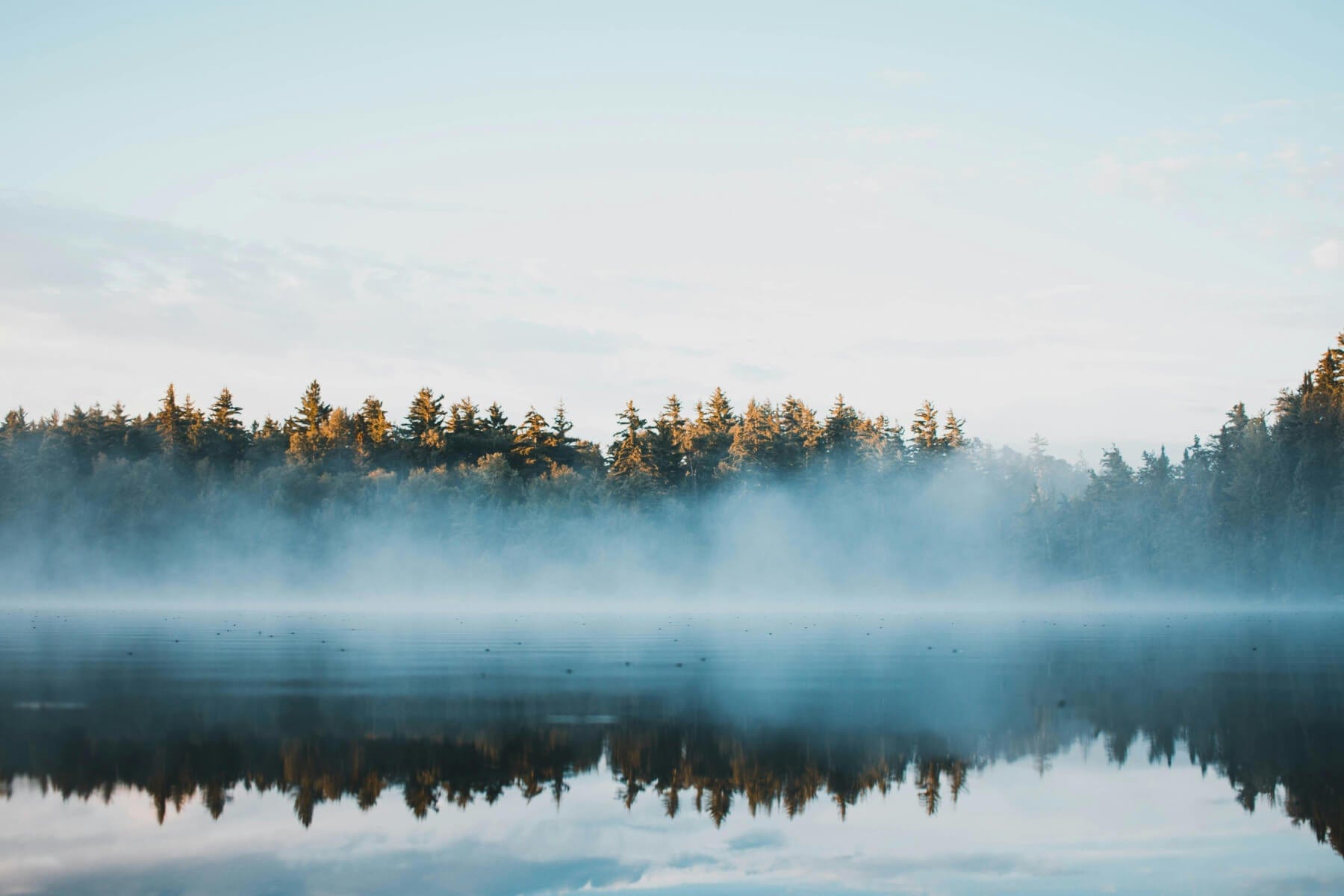Reforestation in
Ontario
Ontario’s forests cover over 60% of the province, making up approximately 20% of Canada’s total forest area — equivalent to Germany, Italy, and the Netherlands combined. The province has three forest regions: the northern Boreal Forest, the Great lakes St. Lawrence Forest, and the Southern Deciduous Forest. Wildlife species that can be found in Ontario forests include polar bears, woodland caribou, barred owl, black bear, and flying squirrels.
Ontario’s forests face significant threats from natural disturbances like forest fires, insects, diseases, and extreme weather. In 2023, around 2.7 million hectares were impacted by these events, leading to the loss of 143,000 hectares. These disturbances not only diminish forest cover; they also disrupt wildlife habitats and severely compromise the overall health of Ontario’s forest ecosystems.

Ontario Stats
66%
Forested
Ontario's forests cover 70.5 million hectares, representing 66% of the province's land area.
30,000
species
Ontario is one of Canada’s most biodiverse provinces, with more than 30,000 known species.
Biodiversity in Ontario, Ontario Biodiversity Council
2.7M
Hectares affected
In 2023, approximately 2.7 million hectares of forest were affected by natural disturbances.
Forest Management: Facts and Figures, Ontario
85
Native Tree species
There are approximately 85 native tree species within Ontario’s forest regions.
Native Trees of Ontario, University of Guelph
90%
Public forests
90% of the province’s forests are located on public land.
Project Highlights
In the context of climate-driven disturbances and other threats, reforestation is important for the future of Ontario's forests. Planting trees can restore areas affected by natural disturbances, enhance wildlife habitats, safeguard critical watersheds, and uplift communities. Learn about three recent reforestation projects that planted trees in Ontario!

50 Million Tree Program
The 50 Million Tree Program plants and tracks millions of trees annually in Ontario, across 500+ sites with 80+ planting partners. Collaborating with local landowners, technical expertise is provided, as well as resources and training to ensure long-term tree health. The trees were sourced from local tree nurseries that grow them with local seeds to improve survival, optimize carbon sequestration, and ensure that the new forests can provide benefits for generations to come.
Larose Forest
The Larose Forest was established in 1928, when degraded and abandoned agricultural lands were acquired and trees were planted to stabilize soils and mitigate flooding and drought. This project aims to restore natural forest composition by reintroducing species like white pine, oak, and red spruce, enhancing biodiversity and wildlife habitat. By planting mast-producing trees and climate-resilient species, we promote climate resilience, CO2 absorption, improved air and water quality, and flood risk mitigation.


Healthy Forests Restoration Program
This project planted trees to improve forest cover, restore wildlife habitats, foster recreational opportunities, increase land value, and mitigate climate change. By increasing forest cover, the program ensures healthier forests in the future, enhances both environmental and community well-being, and improves landscape resilience. Over 10 million people stand to benefit from better mental and physical health, new recreational spaces, economic gains, and ecosystem services.


